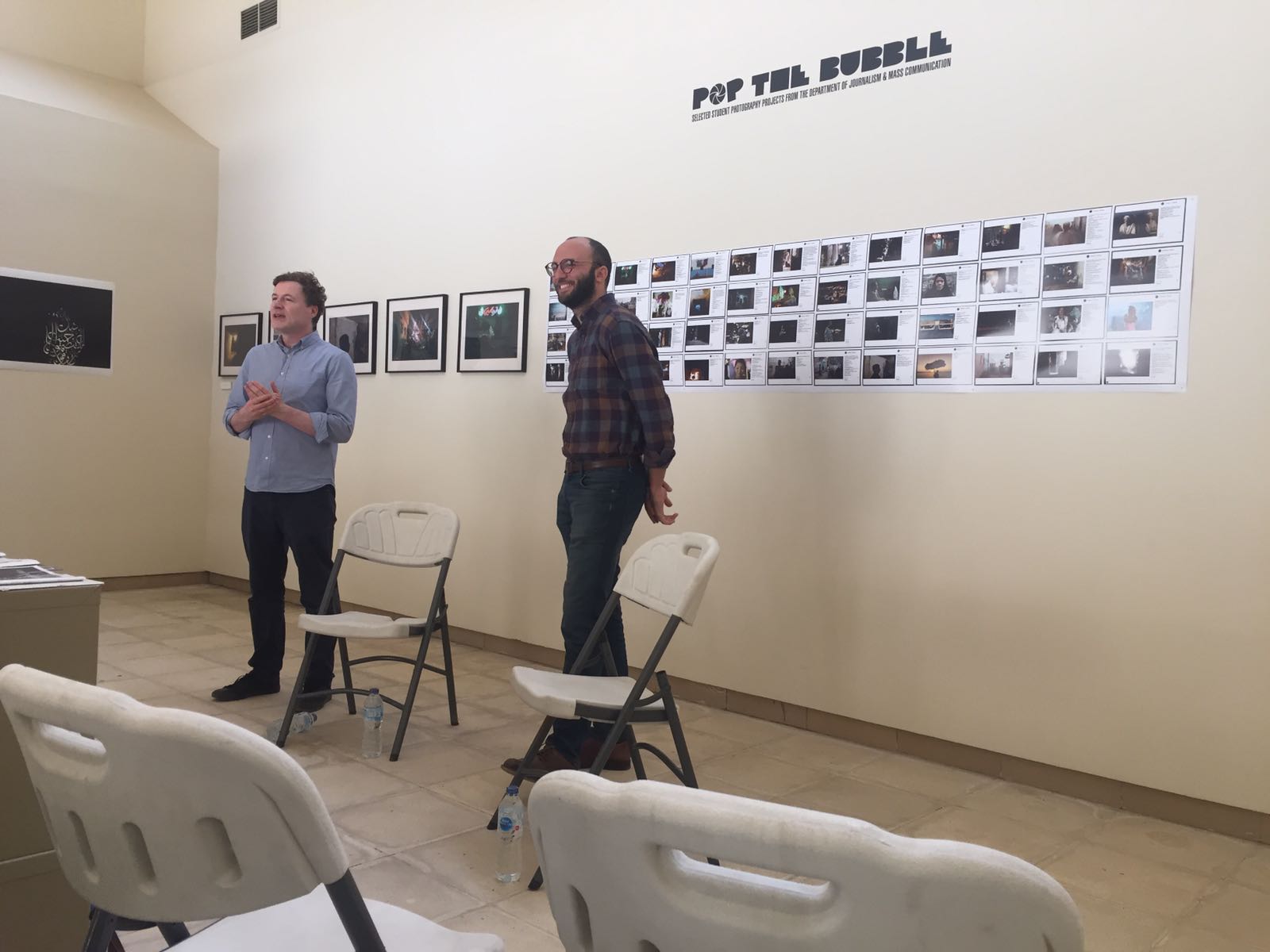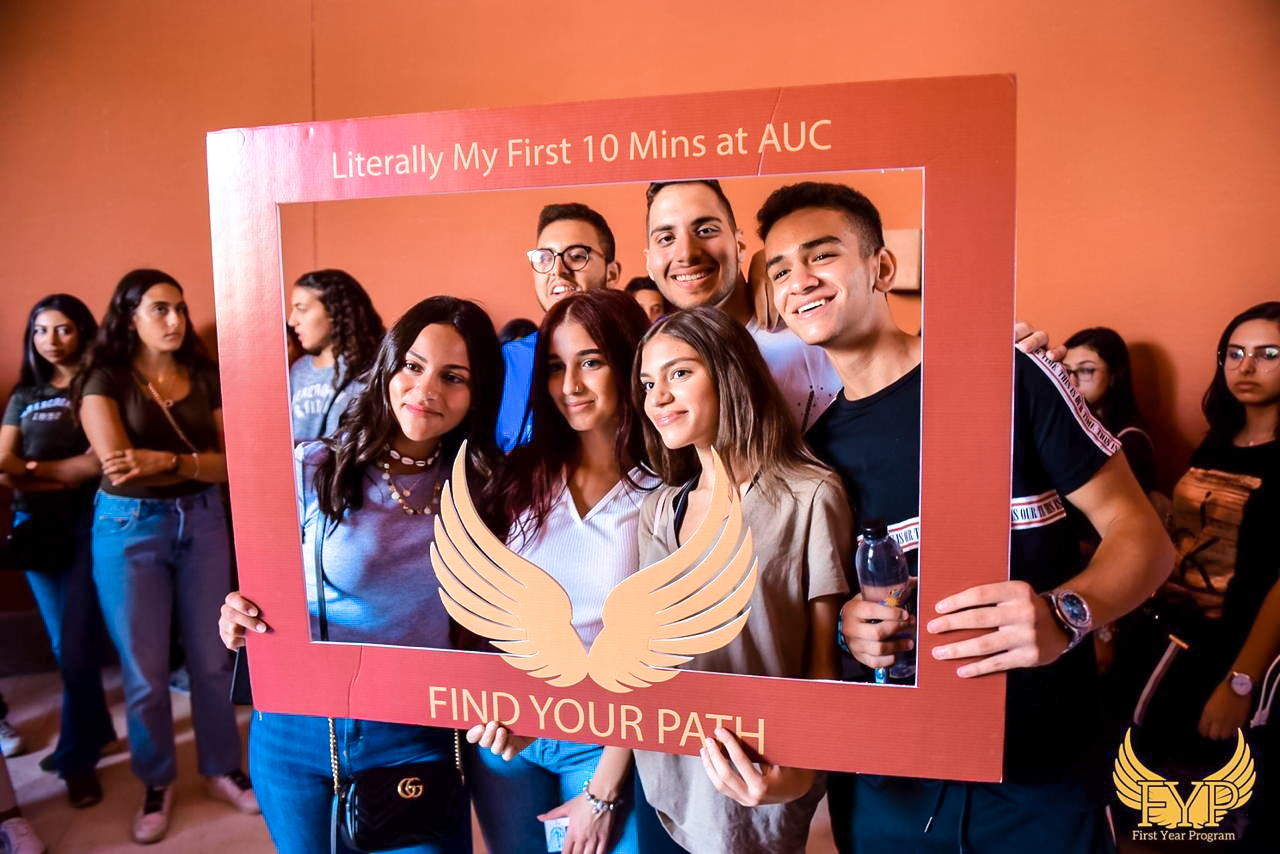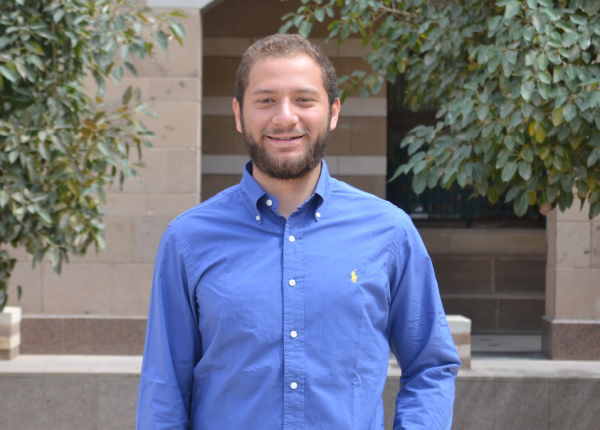Beit al Sura Founder Discusses the Art of Photography
By Mariam Ismail
Follow @mariam_ismail1
It was a “horrible good opportunity” that famed photographer Ahmed Hayman began his career as a crime beat photographer, taking pictures of dead bodies, murderers, and other grim scenes.
“I met some of the best people in the world and some of the worst people in the world, but most of all I learned how to talk to people in many situations,” Hayman said at the Photographic Gallery where the “Pop The Bubble” exhibition is running until the end of May.
He then went on to work with Egyptian newspaper Masry El Youm for eight years, taking photos ranging from landscapes to people to sports to news.
“You learn to do anything and everything. There’s no such thing as saying this is not my specialty,” he said.
It took him eight years to decide that he wanted a change. He then gathered his things and began to travel the world, becoming one of the best Egyptian travel photographers at the time.
After staying abroad for a few years, he came back and established Beit El Sura, a studio, exhibition and collective photography space that teaches photography in Maadi.
Hayman talked about how to approach people from different cultures and get them comfortable enough to be photographed.
“You have to become their friends. They’re not your subjects, they’re humans, and if they allow you to get close to them, you don’t just take a picture and forget them,” he said.
When you talk to someone, they’re very likely to open up about their personal lives as well.
“To really establish a bond, you could go back and give them the picture. It really shows that you’re involved for more than just your personal bene t,” he said.
Hayman’s last project was a series of portraits of old women in a refugee camp in Jordan accompanied by the text of their dreams.
“When taking photos of people in difficult situations, you have to put your emotions aside. You can cry or dance at home, but the moment you’re holding your camera you have to focus,” he said.




